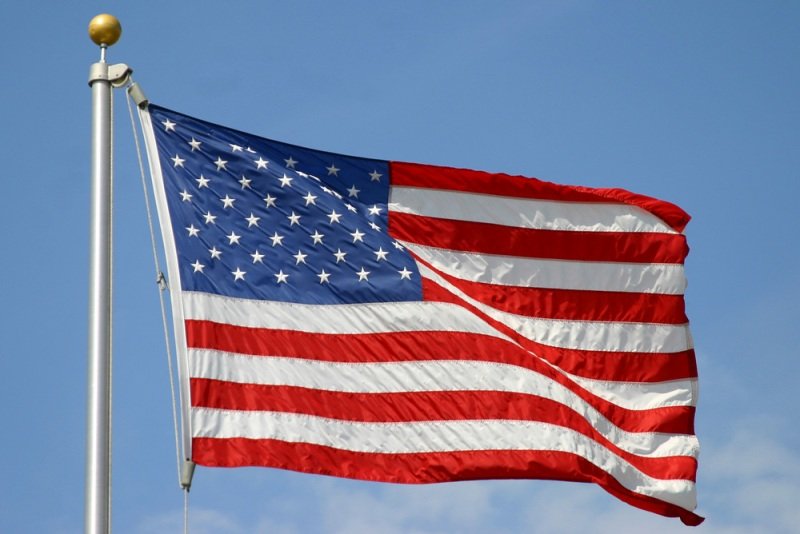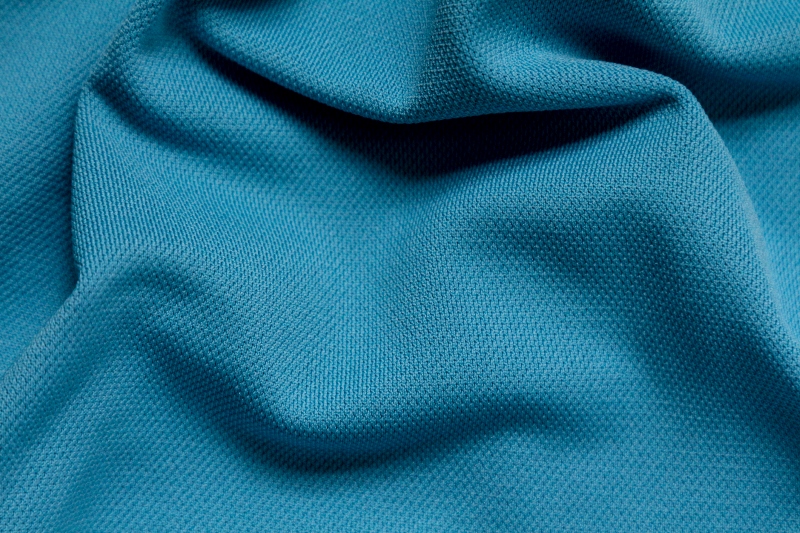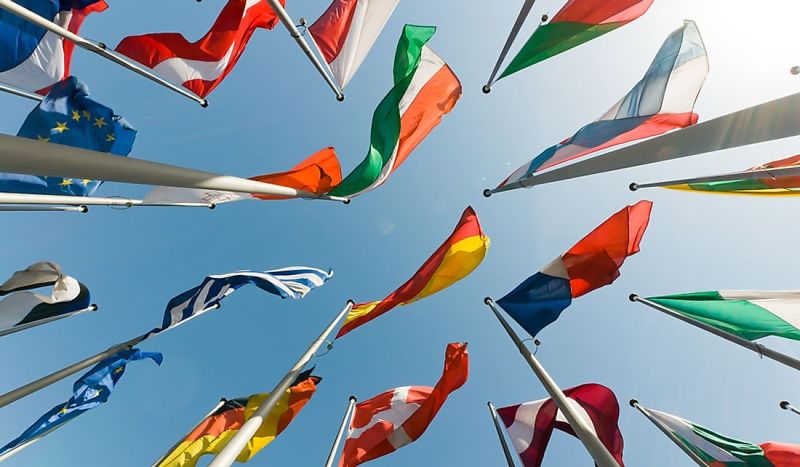Even though we see flags all the time, right from the National flag flying proudly to multicolored pennants at festivals and sports events, we rarely pay any attention to them. It may seem surprising that many things go into the overall appearance, feel, performance, and longevity of a flag, not to mention the price. Even though the construction is important, it can be a challenge to choose the one right for your application because of the different kinds of materials available. Nowadays, most flags are made from nylon and polyester. Each of these has its characteristics and suited for different uses.
Conditions That Can Affect the Choice of Material
Flags used indoors benefit from a controlled environment and less wear and tear due to wind, temperature, rain, ice, snow, sunshine, chemicals, saltwater, pollution, and even the impact of insects and birds. However, flags for outdoor use have to deal with many of these elements, depending on the weather of the location and extent of use. A quick examination of the different types of flag materials:
Nylon

Nylon is unarguably one of the most common materials for flags. It has the advantage of being stronger than natural fibers, and being lightweight and non-absorbent dries out faster. For example, if you want a golf flag, nylon can be easily dyed in the color of your choice and can be made fade-resistant by treating it chemically. Importantly, it is resistant to tearing, retains its shape well, and resistant to the development of rot, mold and mildew, insect depredation, and chemical degradation. Moreover, it is washable, resistant to abrasion, does not crack when folded, long-lasting, and most importantly, quite inexpensive. Some of the negatives include, not being a natural fiber, takes three to four decades to decompose, can give off toxic fumes when burnt, and many varieties of nylon may not be recyclable. All in all, nylon makes for a great choice for an outdoor flag.
Polyester

Flags made from open-weave polyester last longer because the wind passes through the fabric and lowers the stress and friction. It is ideal for large flags or flags required for use in high wind conditions. Because it is synthetic, it absorbs less water, is rot-proof, and resists the development of mold and mildew as well as damage by insects. According to the BBC, polyester is not only water-resistant but also less prone to creasing. Other beneficial properties include high stain and fade resistance, easy washability, easy dyeing, is difficult to tear, and retains shape well. Additionally, it does not get wrinkled or abraded. The disadvantages are that it is a heavy fabric, absorbs oil and grease, and attracts dirt and lint due to static electricity. Ideal for windy places, polyester flags are very durable, however, they are expensive.
Conclusion
Even though cotton was traditionally common for making flags, the extra convenience and durability of flags made from synthetic fibers have made them more popular. Typically, when you choose a flag made from nylon or polyester, you can be sure that it will continue to perform as intended for a long time and not require maintenance or frequent replacement.






